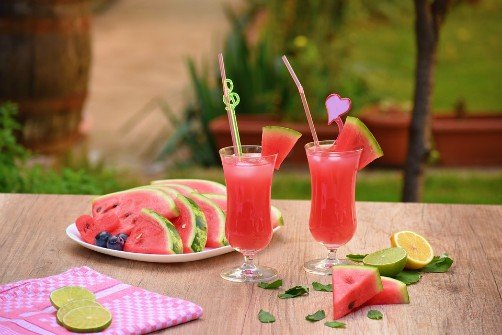|
Bolivian Beverages, Juices and Drinks Traditional Bolivian beverages are concocted with some truly interesting ingredients. That’s because some of the drinks and beverages that are typical to this region have been a part of the customary diet for hundreds (and in some cases thousands) of years!
Of course in Bolivia we also drink all the normal beverages that people drink all over the world like fresh squeezed pure fruit juices (called ZUMO), juices with water or milk added (which we call JUGO), packaged drinks like kool-aid (which we call REFRESCO), and sodas (which we also call REFRESCO or SODA, depending on which region of Bolivia you are in). In Western Bolivian (the country’s Andean region where much of the population is of Aymara or Quechua origin) drinks like api blanco and api morado are typical. Here the weather is cold and dry much of the time so thick, hearty drinks are popular. Also, Bolivia has over 2000 varieties of corn – so corn is used in many foods and drinks. In Southern Bolivia you can enjoy some of the best wines in the world (Tarija is Bolivia’s wine country). In Eastern Bolivia (from the northernmost state of Pando and all the way down to the southern edge of Santa Cruz) drinks like mocochinchi, tujuré, somó, and chicha are popular. This entire half of Bolivia is mostly tropical (from Amazon rainforest to the world-famous Pantanal wetlands). The weather is hot and muggy much of the time. Thinner, fresh fruit and icy cold drinks are much more popular here. You’ll find we use several varieties of corn, dehydrated fruits and other interesting products in Bolivian beverages (don’t worry, we drink plenty of normal drinks too!) In Bolivia, juice and chicha vendors are a common site on city sidewalks. Typically, chicha and somo are sold in large ceramic pots while mocochinchi and others are sold in large glass jars. Although some of these drinks are boiled, I don't suggest foreigners purchase them on the street because you just don't know under what "hygienic circumstances" they've been made. You'll also find fresh squeezed fruit juice vendors. Typically they have fresh fruit like oranges, grapefruits and tamarindo and they'll actually peel and fresh squeeze it right in front of you. Since the peelings are removed and no water is added they may be safer. Typical Bolivian DrinksApi Blanco (Hot White Corn Drink) Christmas Cola de Mono (Similar to Eggnog)     |
